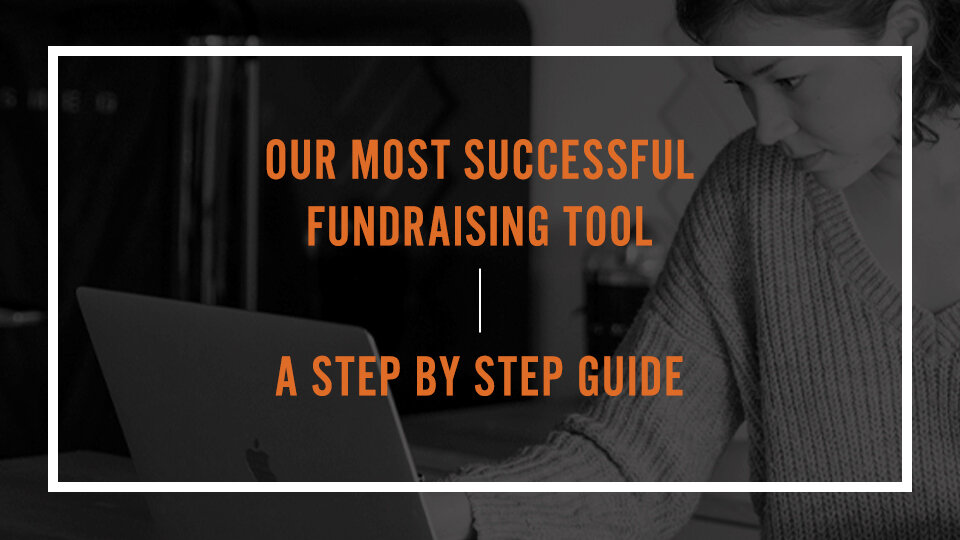Our Most Successful Fundraising Tool. A Step by Step Guide
By Maurilio Amorim
A case for support document is one of the most effective fundraising tools for any nonprofit. A well-written and designed case for support will help you tell the story of your cause and walk potential donors through a persuasive sequence that works.
A case for support can work for the entire organization as well as for a new initiative within a large, multifaceted one. A church, for example, might want to start an outreach to the community with a dream center. A case for support is a perfect first step and an ongoing document to share with new and existing donors.
In my experience, having a case for support can more than double your fundraising ability. Unfortunately, many nonprofits either don’t know about this tool or have not seen its value.
So what makes a case for support that works? (I have a sample for you download at the end)
Let me break down the sections:
Tell one story that illustrates why what you do matters.
People connect with stories of real people. We often want to start our conversation with numbers: the total number of people we reached, the total amount of help our organization provided, and other significant numbers. But that’s not where you should start.
Start with a single story that illustrates the importance of what you do. Show a face a name and let your audience live that story.
Bring the story into the larger context of the problem.
Your story illustrates a problem. And, most likely, that problem is severe and widespread. Move your lens up from the single story and show the true magnitude of the problem you are solving.
Let them know how you are standing in the gap and solving this problem.
This section should show how your organization is working to solve the problem and create a better community and world. It’s your unique approach and calling that makes this section so important.
Help them see that a better future is possible.
No one wants to give to a losing battle. Most of us work for nonprofits and churches because we believe that what we do can and will make a difference. In this section, you will want to let your reader know that a better future is still possible.
Make them part of the solution.
But this better future can only happen when the reader becomes part of the cause and partners with you to make these changes happen. While they may not be the hero of the story yet, they can become one by investing in the transformation that your organization provides.
Illustrate with social proof.
If you have been operating for any amount of time, you’ll have testimonies of both people you have helped as well as donors who believe in you and have joined forces with you. This is a place to showcase them. In this section, we let others tell in their words that we are trustworthy and that we are doing what we say.
Show your needs in numbers and how the donor can make a difference.
Some get trapped in this section by showing an amount they think they can get versus what they really need.
The greater the cause you champion, the greater the need. Donors know the cost of doing things well. If you don’t ask enough, it can backfire. You don’t want to hear, “that’s a great cause, but there’s no way you can do all that with the money you are asking for.”
Use your financials to illustrate that you are fiscally responsible.
You don’t have to show every little expense in this section, but just simply showing that most of your contribution is going to do the work instead of overhead can make all the difference.
Let them know where and how to give.
Clear calls to actions are critical. Give them all the information and ways to contribute, including volunteering options. Most donors start their journey as volunteers.
Customize your ask based on the level of donor you are approaching.
Not all asks are equal. The case for support works with all types of donors, but it’s an excellent tool for large gifts when meeting one-on-one. Make the ask you need, not what you think the donor can give.
I learned long ago that no one is offended if you ask them for a significant gift. Once I asked a donor for $100,000. He was flattered that I thought he was that successful. He gave me $20,000. However, he told me that before our meeting, he was considering a $5,000 gift.
Here’s a sample of a Case for support for you to pattern yours after. Download it for free here.














